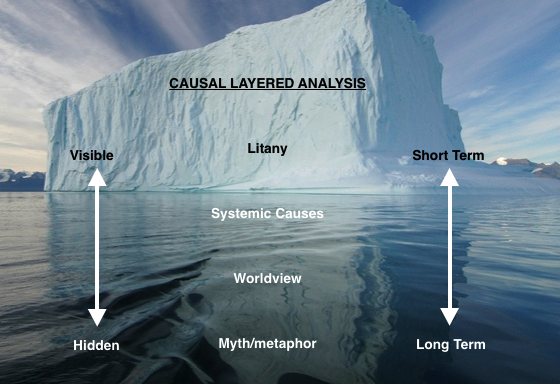The Insights of Leading Volunteers and Peers
Leading peers and volunteers can be daunting for many people because it’s a much tougher ‘audience’. However, if you turn it around and apply the insights of managing volunteers and peers to your regular role, you may find you get even better results.
For most people, leadership involves a vision, a group of people and a means to move toward that vision. And for most people in a leadership role, that means of moving toward the vision is based on some kind of authority, persuasion and managerial skill. For example, if I want to change my organizational structure so that we can become better organized, the means of moving toward that new structure requires some authority to decide on the new structure, influencing others around you to go through the change, and the managerial skills to orchestrate the change.
For a business context, authority is usually clear and this may go a long way in helping you to influence others, i. e., the boss can call the shots. However, leading volunteers or a peer group presents a slightly different set of challenges. My first two leadership roles were managing a group of my peers though significant organizational development changes, and managing a volunteer team of competitive athletes through the development of new, highly political, race rules for the sport. In theory I had ‘authority’, but in reality it could easily be undermined. In my experience, peers are less tolerant of direct leadership styles (unless they can see that the situation absolutely demands it), and volunteers will stick with you so long as they are happy and motivated. If the ‘vibe’ doesn’t suit them any more, they can be right out the door.
This then leads to the issue of persuasion. In a position with clearer authority, it’s much easier to ask someone to do an undesirable task because usually they are getting paid to do that. But when it’s volunteers, there is something else at stake. If you don’t tread carefully, you’ll be the only one left! And if it’s peers, if you don’t tread carefully, you won’t have any friends left. Therefore, the situation offers an excellent opportunity to fine tune your persuasion skills.
Research suggests that personal power bases (expert power and referent power) are more effective than formal power bases (coercive power, reward power, and legitimate power) (1). Therefore this means that being seen as an admirable person, using rational persuasion and/or being an expert in your field is what will help you to influence others.
When I was in charge of a team of athletes, I was far from an expert in the field, therefore I had to rely on either rational persuasion, or referent power by gaining their trust for what I stood for as a person. I decided to take a highly consultative approach as we contributed to the development of new race rules for the sport. I involved everybody in the decisions and acted like a facilitator rather than a decision maker. This very quickly built trust. But also, it soon became apparent that not everybody cared about every decision. Therefore I gave people the option to ‘opt in’ and then determined whether they just wanted to be informed along the way, or an active part of the discussion. In many ways, not being an expert was my strength because it meant I relied on the others to help guide the decision making. This resulted in the trust that I wouldn’t ‘shoot from the hip’ with my decision making. Rather they knew that I would come to the experts and get advice.
Similarly, when I led a group of peers through organizational development changes, I had slightly more expert power due to my tenure in the role. Because the nature of what we were doing was a highly logical exercise, I relied heavily on rational persuasion to help guide the development of processes, knowledge handbooks and training programs within our team. That I didn’t need to rely on any of my formal power bases kept the friendships running smoothly.
Upon reflection, these early leadership experiences were significant in forming my leadership style today. Whilst I have the ability to employ more directive tactics where required, I often find myself in charge of a group of experts and naturally find myself using personal power bases to lead those teams with good effect. There are no uncomfortable inferior/superior power dynamics because I genuinely appreciate my staff and they genuinely appreciate me. It’s an honest exchange based on rationality and trust, just like my days of managing volunteers and peers.
1 – 2011, Robbins, Judge, Millet, Boyle, Organisational Behaviour p370, Pearson Australia



